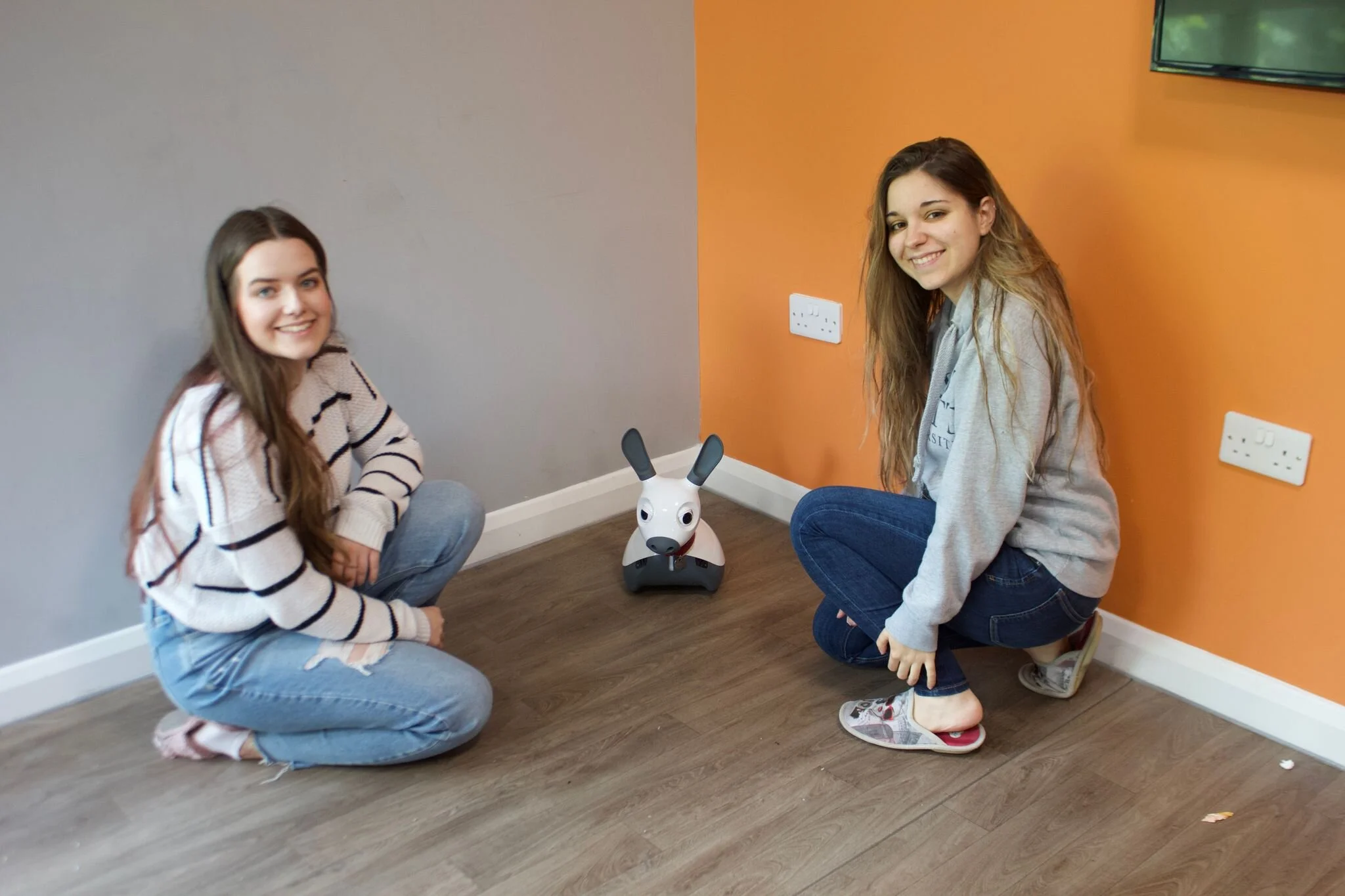Last month, the University of Waterloo (Samira Rasouli, Garima Gupta, Elizabeth Nilsen & Kerstin Dautenhahn) published a paper on the effectiveness of social robots for clinicians and patients in Robot-Assisted Interventions for Social Anxiety. They used MiRo and a range of social robots in their study.
Can Robots Care?
Looking for a fun exhibition for the New Year? Come and visit MiRo at the prestigious Thackray Museum of Medicine! The playful ‘Can Robots care?’ exhibition offers visitors the chance to explore a range of robots designed to care for humans.
How can universities stimulate interest and learning in large classes with both in-person and remote participation?
How can you stimulate interest in coding?
In the future, there will be a demand for more and more Artificial Intelligence [AI] coding to run our cities and the devices we use in our home for housework, security, homeworking and entertainment. Staring at a screen looking at line after line of code appeals to some more than others so how can you stimulate yours or your pupils' interest in coding?
Can Robots Support Social Distancing within the Home?
Engineering a brain for MiRo - Part 2
What does a model of a brain actually look like? The answer is that they come in many, many forms. For example, some scientific groups work at a very detailed level, trying to understand how individual neurons, or groups of neurons, work to perform the functions that form the building blocks of behaviour.
Meet MiRo partners: The Brainary
Wherever you are in the world, we’ve built partnerships with reputable education technology companies that are always on hand to assist the local MiRo community. We’d like to introduce you to The Brainary® who supports the MiRo community in Australia and New Zealand. Read on to learn more about what they do and how they can help.
Meet David - CqR's Latest Software Developer!
Meet Katie! CqR's Newest Lead Researcher
Are friends electric? The benefits and risks of human-robot relationships
Social robots that can interact and communicate with people are growing in popularity for use at home and in customer-service, education, and healthcare settings. Although growing evidence suggests that co-operative and emotionally aligned social robots could benefit users across the lifespan, controversy continues about the ethical implications and their potential harms. In this condensed post, Professor Prescott and Professor Robillard highlight the benefits and risks of human-robot relationships.







